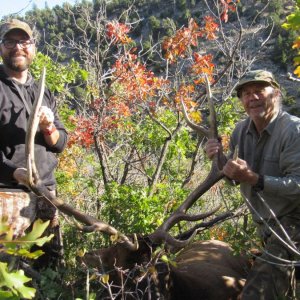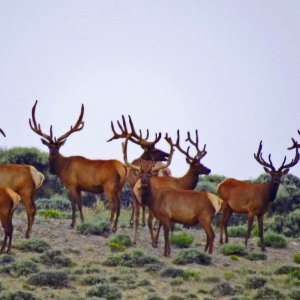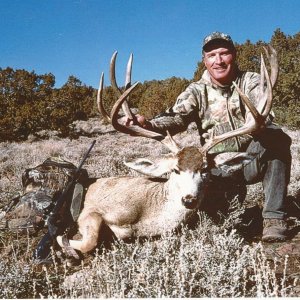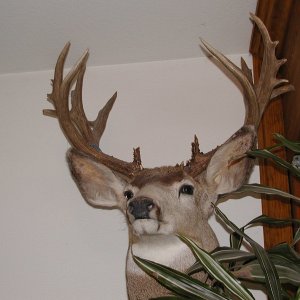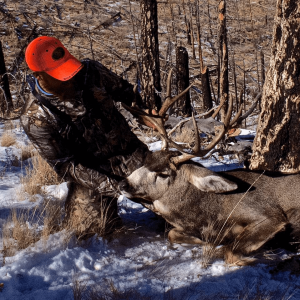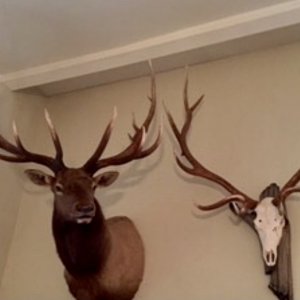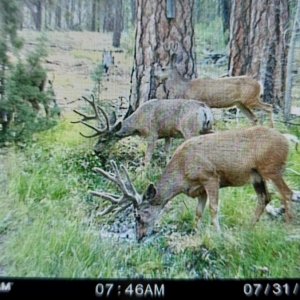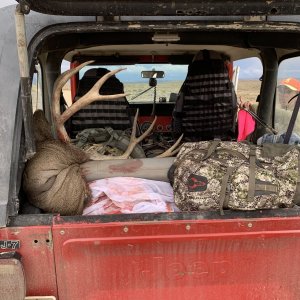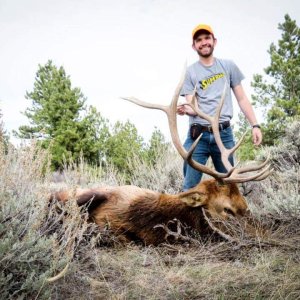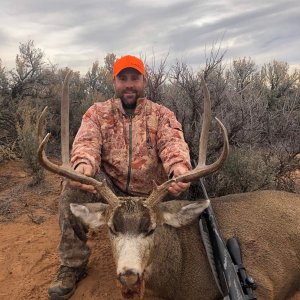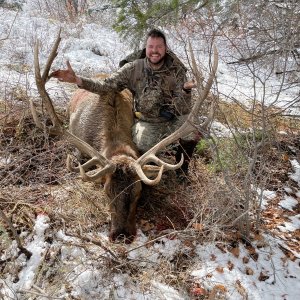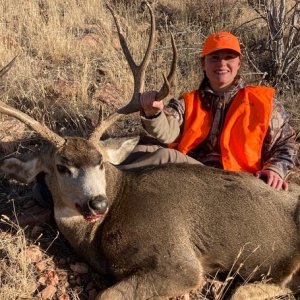P
PronghornHunter
Guest
This is something I have been thinking about for quite a while. In the world of whitetail there has been some controversy over growing record book animals on private ranches using different feeding suppliments then selling the hunt and turning someone loose to shoot the animal then having it officially scored for the record book. Some claim this doesn't follow "fair chase" rules for taking record book animals and Boone&Crockett has been looking into this themselves.
I am wondering about the big record book antelope that are being taken in Arizona and new Mexico? How many of these bucks are taken on private ranches (big money hunts) and is their diet being supplimented in any way to grow these spectacular horns? I am just curious about this.
I have taken several big bucks here in Wyoming and have only seen three bucks in my lifetime that would go in the mid or high 80's. I do know that geographics and genetics have a big part to play.
Antelope hunting is my favorite animal to hunt and I would love to be able to take one of those big boys from Arizona but to have to pay big dollars wouldn't seem right for me. I am not stiring up trouble here just want some differnt opinions and maybe be better educated in the proccess.
I am wondering about the big record book antelope that are being taken in Arizona and new Mexico? How many of these bucks are taken on private ranches (big money hunts) and is their diet being supplimented in any way to grow these spectacular horns? I am just curious about this.
I have taken several big bucks here in Wyoming and have only seen three bucks in my lifetime that would go in the mid or high 80's. I do know that geographics and genetics have a big part to play.
Antelope hunting is my favorite animal to hunt and I would love to be able to take one of those big boys from Arizona but to have to pay big dollars wouldn't seem right for me. I am not stiring up trouble here just want some differnt opinions and maybe be better educated in the proccess.

